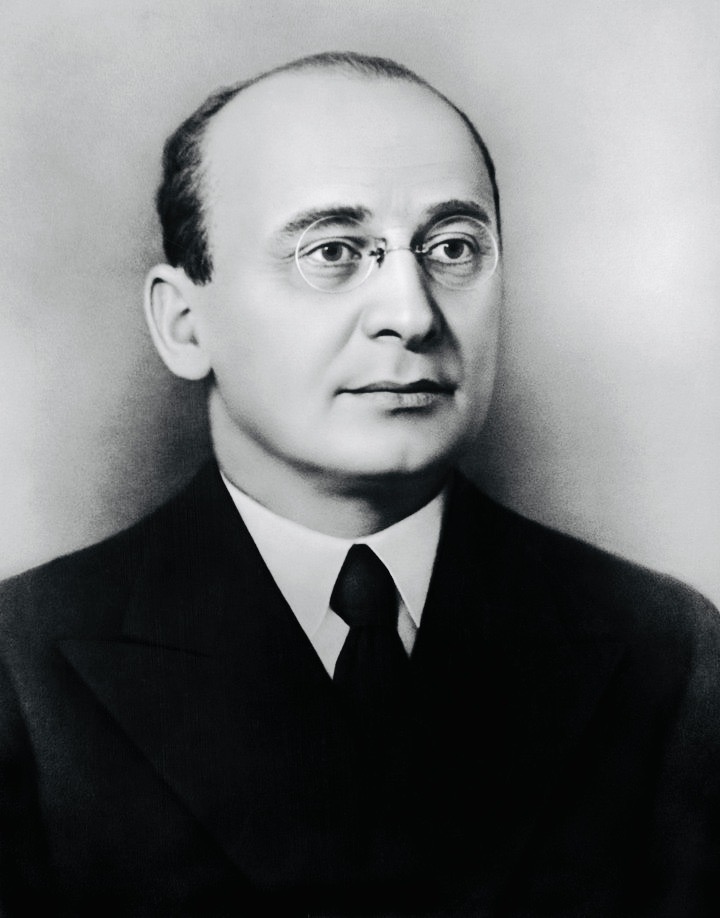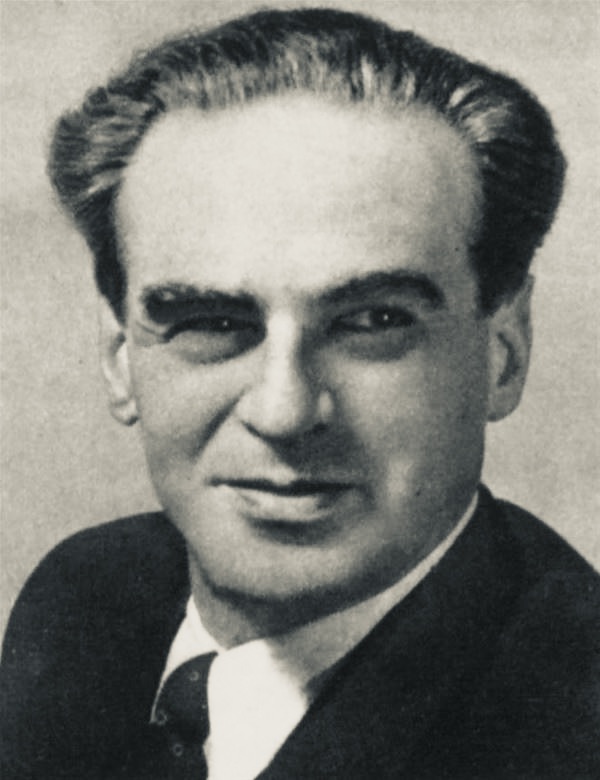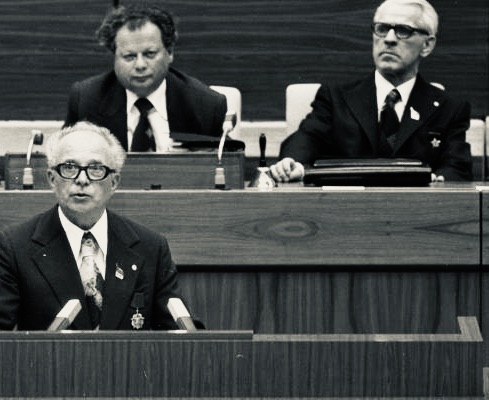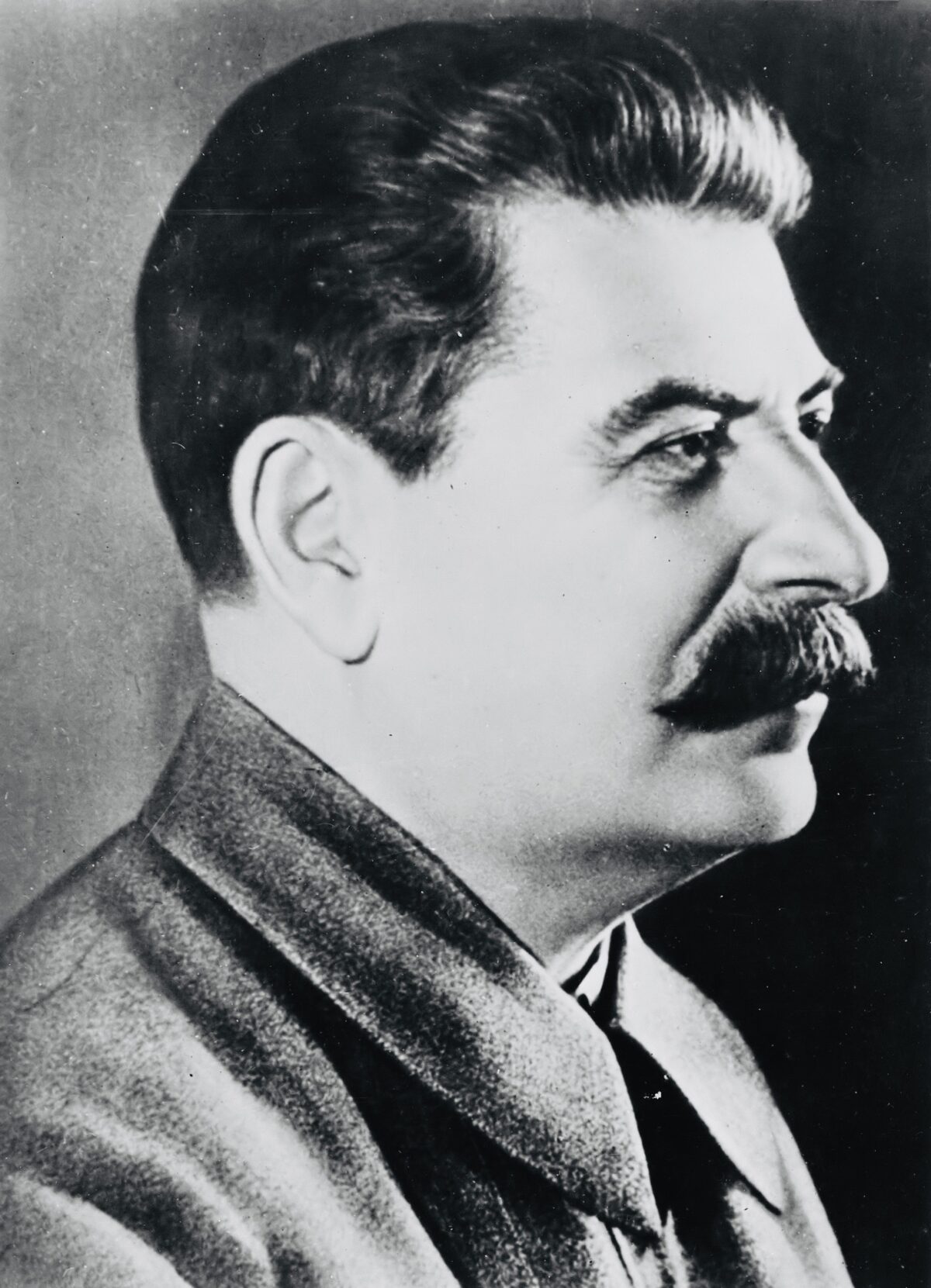For decades, Jews lived under the thumb of Communist regimes in the Soviet Union and its subservient satellite states in Eastern Europe. They were not always treated equally, notwithstanding the communist dogma that every citizen enjoyed equal rights.
Joseph Stalin, the Soviet dictator, turned against Russian Jews in the late 1940s, marginalizing them and crushing Jewish culture as a bourgeois deviation. His successors generally hewed to the same policy, especially after the 1967 Six Day War. In Soviet-aligned countries such as Poland and Czechoslovakia, Jews felt the sting of antisemitism in the 1950s and 1960s.
No wonder they jumped at the chance to emigrate when the opportunity arose.
Jewish Lives Under Communism: A New Perspective (Rutgers University Press) expertly explores this complex issue in all its permutations through a series of essays edited by Katerina Capkova, a senior researcher at the Institute of Contemporary History in Prague, and Kamil Kijek, a professor of Jewish Studies at Wroclaw University in Poland.
Diana Dumitru, in an incisive essay titled “From Friends To Enemies: The Soviet State and its Jews in the Aftermath of the Holocaust,” argues that Soviet Jews experienced “a powerful disillusionment” after World War II. While the Red Army played a lead role in defeating Nazi Germany and liberating many concentration camp prisoners, the Soviet regime adopted a policy of antisemitism, as exemplified by the Doctors’ Plot.
It was a “bewildering transformation,” writes Dumitru, a professor of history at Ion Creanga State University of Moldova. Jews, having been one of the most trustworthy minorities after the 1917 Bolshevik Revolution, now found themselves on the margins of Soviet society.
She believes the Soviet government’s hostility to its Jewish population was rooted in several interrelated factors: the creation of Israel, the Soviet state’s shock that Jews supported Jewish statehood, Stalin’s paranoia, and Moscow’s fears of Zionist-American plots to undermine communism.
She contends that previously suppressed manifestations of antisemitism resurfaced during the war under the pressure of tremendous difficulties in everyday life and Nazi propaganda. “By the end of the war, there were signs of significant antisemitism among the Soviet population, even in those Soviet territories that had been accommodating to Jews during the interwar period,” she writes.
The fate of the Jewish Anti-Fascist Committee (JAC) was emblematic of the problem. Intensely patriotic, the JAC raised $45 million for the war, but its efforts to get The Black Book of Soviet Jewry published tarred its reputation and doomed it.
The Black Book, as it was often called, documented catastrophic Jewish losses in the Holocaust and highlighted the participation of Jews in the armed struggle against Germany. But to Soviet officials, the correct narrative was really about the “victims of fascism” rather than Jews.
JAC’s endorsement of a new Jewish republic in Crimea was its biggest error of judgment. To rigid Soviet ideologies, this project was nothing less than an American imperialist scheme. The Politburo ordered the closure of JAC, claiming it was a center of anti-Soviet propaganda. Most of its members were arrested and murdered in 1952.
The Doctors’ Plot is the subject of Anna Shternshis’ essay, “I Was Not Like Everybody Else.” A professor of Yiddish Studies at the University of Toronto, she charts its genesis from January 13, 1953, when Pravda published a front-page article disclosing that nine doctors (six of them Jewish) had been arrested on charges of trying to murder members of the Soviet government, to the moment two months later when it announced that they had been acquitted.
The language used in the first Pravda article was significant, she notes. It “signalled that many prewar taboos on the portrayal of Jews were now officially broken.” In other words, the accused doctors were identified as Jews rather than Zionists.
The Doctors’ Plot unfolded in three stages. First, the doctors were arrested. Second, they were condemned by the media, along with Soviet Jews in general. Third, vicious rumors about Jews were disseminated. As a result, Jewish doctors, who constituted about one-quarter of all Soviet physicians, were under suspicion.
The affair provided “fertile soil for the resurrection of wartime rumors about Jews,” namely that they fled eastward during the war, that they loved money, and that they were unpatriotic, she notes.
Shternshis contends that the supposed plan to deport Jews to Siberia was little more than a rumor.

Lavrentiy Beria, the minister of internal affairs, signed an order on March 13 releasing the imprisoned doctors and their families and ending the investigation of those enmeshed in the plot. A month later, Pravda published a notice disclosing that the doctors in question has been acquitted.
From the end of the 1940s, Soviet Jews usually found themselves at a disadvantage due to the “fifth paragraph” in their internal passport. Gennady Estraikh, a professor of Hebrew and Judaic Studies at New York University, explores this topic in “Soviet Yiddish Cultural Diplomacy in The Post-Stalinist 1950s.”
The “fifth paragraph” was introduced in the 1930s to correct the “abnormal composition of the leading cadres,” as Nikita Khrushchev explained much later. It was regarded as a bureaucrat tool to keep the percentage of Jews in prominent positions at a level commensurate with the size of the Jewish community.
From about 1943 onward, the Soviet regime basically lost its “ethnic blindness” as Moscow’s nationalities policy changed, writes Estraikh.
The Jewish Autonomous Region (JAR), with Birobidzhan as its capital, was basically a failure, says Polish scholar Agata Maksimowska in “Being Jewish in Soviet Birobidzhan: Between Stigma and Cynicism.”
“My main thesis is that two contradictory social forces that once shaped Jewish everyday life in the Soviet Union — the pressure to acculturate and the constant rejection fed by antisemitism — affected Jews in Birobidzhan differently from elsewhere in the country.”
In the final analysis, however, they experienced pressures to acculturate, if not to assimilate, she points out. “The impossibility of leading a traditional Jewish life, followed by the repression of Yiddish secular culture, proved that the Birobidzhan project was unconvincing and unreliable.”
Valery Dymshits’ essay, “On the Borders of Legality,” examines the connections between traditional Jewish culture and the informal economy in Jewish life in Soviet provinces. By way of example, he cites the case of seasonal matzah bakeries, which the authorities deemed illegal. Open for two months each year before Passover, they baked tens of tons of matzah annually.
Jews in postwar Czechoslovakia were secular and deeply rooted in Czech culture and language. But during and after the show trial of the Jewish communist leader Rudolf Slansky and 13 other high-ranking communists in 1952, Czech Jews were the objects of what Katerina Capkova describes as “severe discrimination.”

The trial was followed by lesser known trials during which Jews were victimized yet again, says Capkova.
Marcos Silber’s essay focuses on Jewish emigration from Poland. By his count, 80,000 Polish Jews immigrated to Israel from 1949 to the mid-1950s. While they and ethnic Germans were allowed to leave, this option was closed to ethnic Poles.
The elderly, the disabled and the unemployed were given preference to emigrate, whereas requests from “productive and valuable elements,” such as professionals and workers, were declined. “This policy was dictated by the wish of broad sectors … to build a homogeneous socialist state,” he writes.
Reichenbach, a German town in Lower Silesia, was acquired by Poland after the war and renamed Dzierzoniow. By 1947, one-quarter of its population was Jewish. The Polish authorities allowed Jewish institutions to flourish, but the persistence of antisemitism and the daily hardships of life caused its Jewish residents to lose hope in their future in Poland, says Kijek in another essay.
With the Polish regime having tapped into the longing of many Poles for an ethnically homogeneous Poland cleansed of minorities, Jews felt uneasy and uncomfortable. By 1989, the year Poland transitioned to democracy, Dzierzoniow was bereft of Jews.
Kata Bohus, a senior researcher at the Arctic University of Norway, deals with the identity of Jews in Hungary after the Six Day War. From that watershed moment onward, many young Jews started to feel connected to their hitherto “ignored, suppressed or simply unknown heritage.” This development led to the formation of informal groups outside the realm of official Jewish communal organizations.
In 1987, these Hungarian Jews founded a magazine, Magyar Zsido, which rejected communism. One of its articles stated that “Jewishness is not only a religion and a denomination, but a historically formed ethnic and cultural community.” As Bohus states, “This definition went against the understanding of the Hungarian communist regime, which treated Jewish issues exclusively as ‘church matters.'”
Magyar Zsido also touched a raw nerve by reminding readers that the deportation of more than 400,000 Hungarian Jews during the Holocaust was planned and implemented by Hungary. This assertion contradicted the official line that Nazi Germany, in league with Hungary’s “ruling classes,” were responsible for this genocide
German Jews in East Germany, or the German Democratic Republic, nurtured high hopes of building the first communist state on German soil and creating a new Germany free of fascism and racial hatred.
During the early years of this state, Jewish communists filled important positions in the government. Alexander Abusch was minister of culture. Hermann Axen, a Holocaust survivor, was in charge of training Communist Party cadres. Albert Norden, the son of a rabbi, headed the press section within the Office of Information.

Although these and other individuals distanced themselves from their Jewish background, they were usually perceived and singled out as Jews, says Anna Koch in her essay. Many of them, in the early 1950s, were purged from party positions and accused of being “Zionist agents,” states Koch, a lecturer at University College London.
While the ruling Communist Party rejected accusations of antisemitism, she notes, some of its functionaries embraced antisemitic stereotypes of Jews as disloyal cosmopolitans and carriers of bourgeois culture. Nonetheless, the wave of anti-Jewish persecutions in East Germany was less severe than in other Soviet satellites.
Whatever the case may have been, Jews in communist lands skated on very thin ice.
